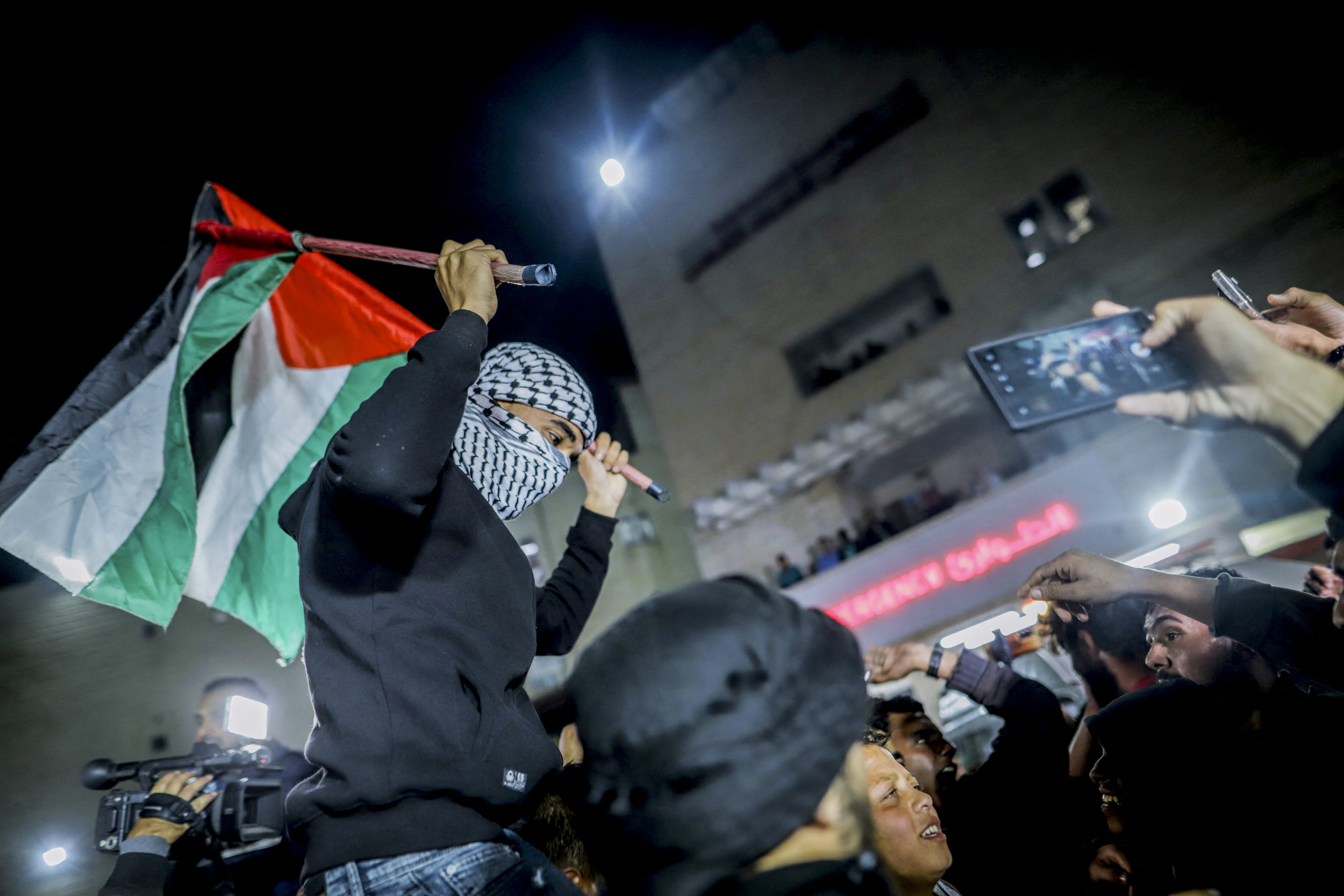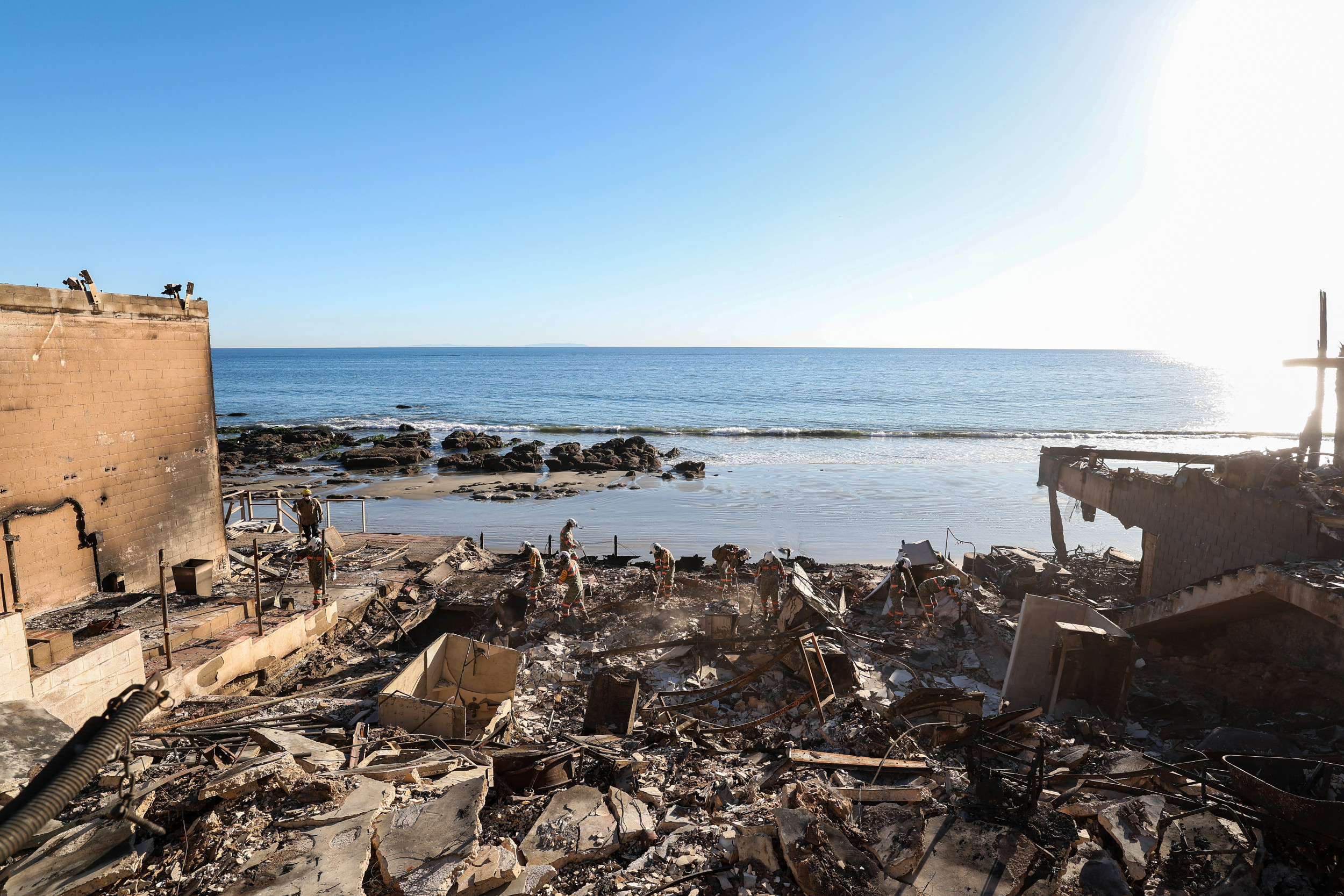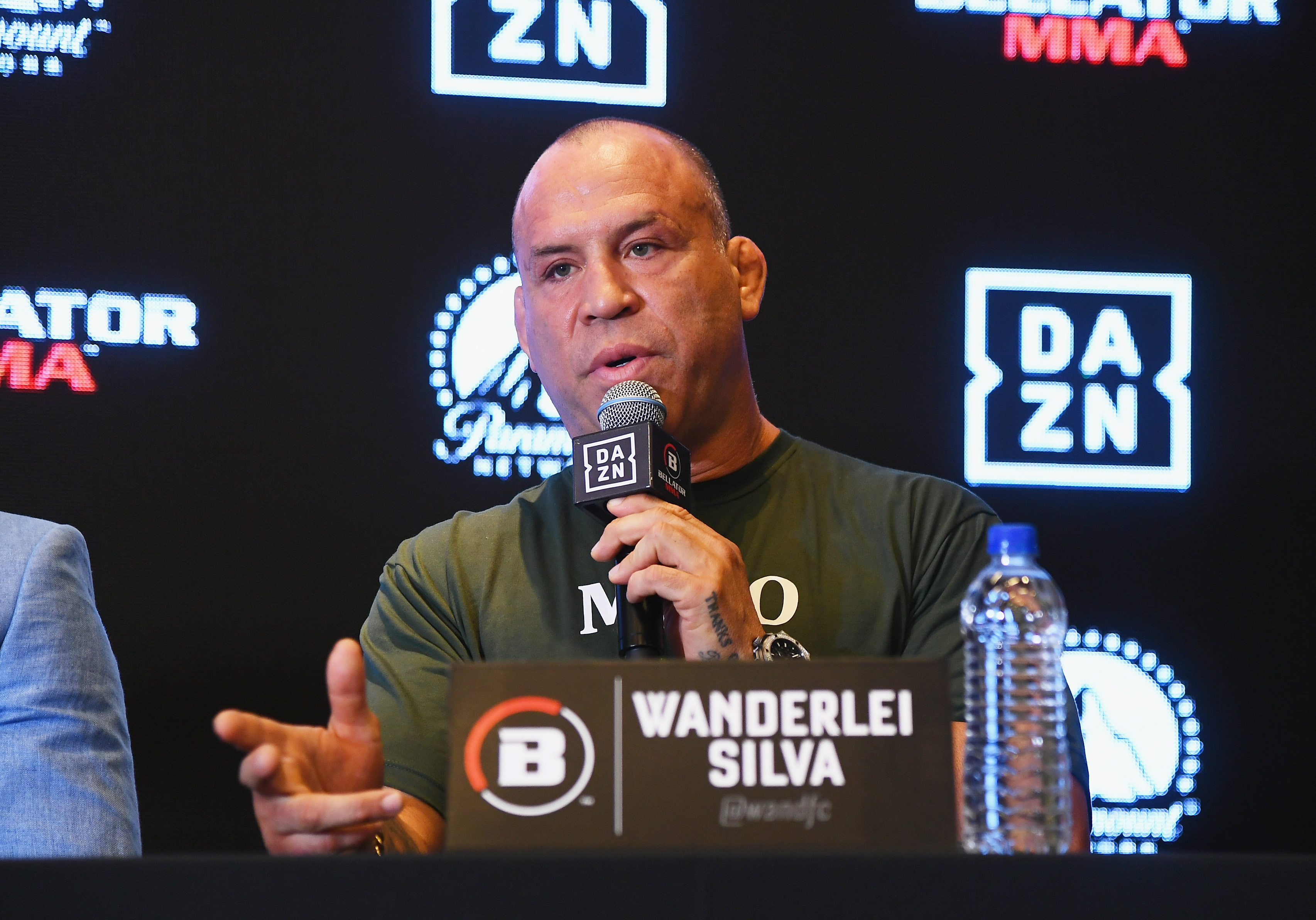In the shadow of an imminent ceasefire and hostage deal to end 15 months of bloodshed in Gaza, the future of the devastated Palestinian enclave is still uncertain.
There has been no consensus on what will happen to the densely populated territory once a ceasefire comes into force and who will take control of the Strip once the Israeli military finally withdraws.
On the cusp of a deal, this is still the case, a day after mediators in the Qatari capital announced that Hamas and Israel had agreed on a ceasefire to last six weeks and the return of dozens of Israeli hostages.
"No one looked at the day after," said Yossi Mekelberg, a senior consulting fellow with Chatham House, an influential British think tank. "They talked about the day after, but didn't have firm plans."
The ceasefire announcement was good news but was immediately followed by fresh violence in Gaza, said Tommaso Della Longa, a spokesperson of the International Federation of Red Cross and Red Crescent Societies operating in Israel and Gaza.
"The humanitarian situation is catastrophic," he told Newsweek. "It's not like there is an agreement [then] everything is fine. Sadly, it's much more complicated than that."

Will The Ceasefire Deal Hold?
Jubilation at a deal after labored talks was tempered by fear that the three-stage agreement could fall apart, not least after Israeli Prime Minister Benjamin Netanyahu's office accused Hamas of reneging on parts of the deal to "extort last-minute concessions." A senior Hamas official said the organization remained "committed" to the agreement brokered in Doha.
Israeli officials refused to be drawn on what "concessions" this statement referred to. Netanyahu's office said the deal would not be put before Israeli lawmakers to vote on without Hamas' agreement to the original conditions.
Even after mediators said an agreement between Israel and Hamas had been reached late on Wednesday, officials in the Strip said dozens of people had been killed in fresh Israeli strikes. Roughly half those killed were women and children, Zaher al-Wahedi, head of the Gazan Health Ministry's registration department, told The Associated Press on Thursday.
The Israeli military said on Thursday afternoon its air force had killed Muhammad Hasham Zahedi Abu Al-Rus, which Israel described as a Hamas special forces militant who participated in the October 7 attacks that sparked the war in Gaza. The Israeli Defense Forces (IDF) said in its Thursday afternoon statement that it had struck 50 targets in Gaza over the past 24 hours, or roughly when the deal was announced.
Much-Needed Aid Set To Return to Gaza
The first phase of the agreement, penciled to start on Sunday, would mean a 42-day pause to fighting and the return of 33 Israeli hostages in exchange for an unspecified number of Palestinian prisoners returned from Israeli custody.
Aid would flood Gaza as residents returned to what is left of their homes, and the Israeli military pulls back from the major population centers, according to the mediators.
Della Longa said aid organizations had been largely cut off from parts of Gaza, including the north, for weeks or months, and needed to quickly take stock of the situation and the logistics of getting much-needed supplies to people. From Sunday onward, he said, he hopes to see massively scaled-up aid deliveries and more safety for humanitarian teams working in Gaza.
Mediators said the deal includes making sure aid can permeate Gaza "on a large scale," as well as bringing in supplies for displaced Gazans and bringing hospitals, health centers and bakeries back to working order.
But as long as an admittedly weakened Hamas remains in charge in Gaza, "long term international humanitarian aid and investment on the scale needed to rebuild Gaza will only trickle into the Strip," said Burcu Ozcelik, senior research fellow for Middle East security at the London-based Royal United Services Institute (RUSI) think tank.
"This will come at a cost for Palestinian civilians who are in dire need of essential services, infrastructure and rehabilitation," Ozcelik told Newsweek.
Who Will Control Gaza?
Rebuilding will be a major and expensive undertaking. But the bigger question of which authority would preside over the reconstruction remains.
To Israel, Hamas retaining control over the Strip is a nonstarter, but the Palestinian Authority (PA) in the West Bank, which managed Gaza until Hamas took over nearly two decades ago, is rarely seen as a viable option.
If Gaza is to be governed by Palestinians, the PA will have to be reformed, said Mekelberg. "The PA, as it is, it not fit for purpose," Mekelberg told Newsweek.
Others think the ruling power in Gaza could be determined by how negotiations between Israel and its neighbors pan out. It depends on how the Abraham Accords—or a set of agreements between Israel and Arab states brokered by incoming U.S. President Donald Trump during his first term—pan out in the future, said Fleur Hassan-Nahoum, a former deputy mayor of Jerusalem.
"If we manage to do some type of regional arrangement where Gaza is somehow under the auspices of one of these very prosperous Sunni countries—that not only have the resources, but have the experience of eliminating Islamic fundamentalism and also happen to build very quickly … that would be a really great scenario," she told Newsweek.
The second and third stages of the ceasefire and hostage deal also remain murky, and make predicting Gaza's future all the more difficult
Iran-backed Hamas fighters celebrating the agreement and comments from Tehran, which described the ceasefire as a "historic victory," could "dampen Israeli appetite for continuing along the three-staged agreement," Ozcelik added.




















 English (US) ·
English (US) ·